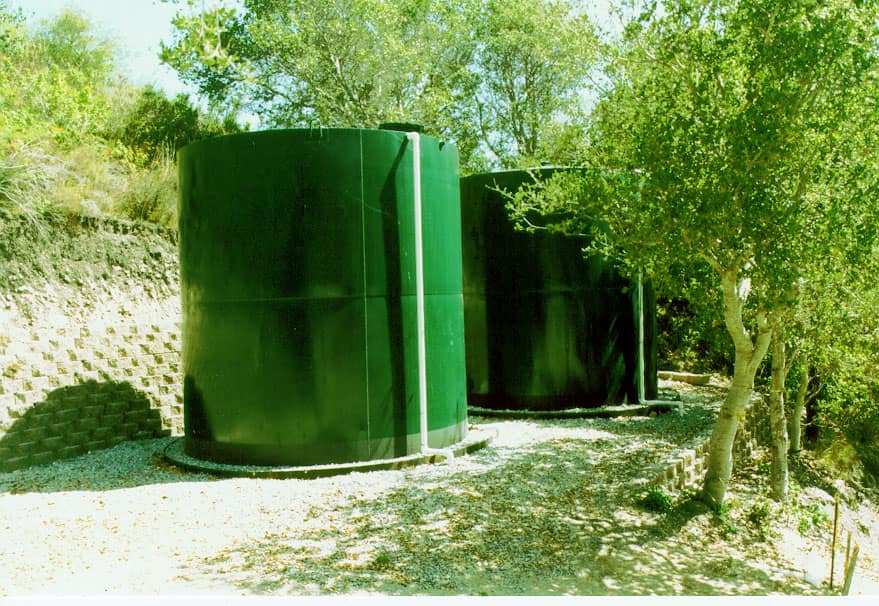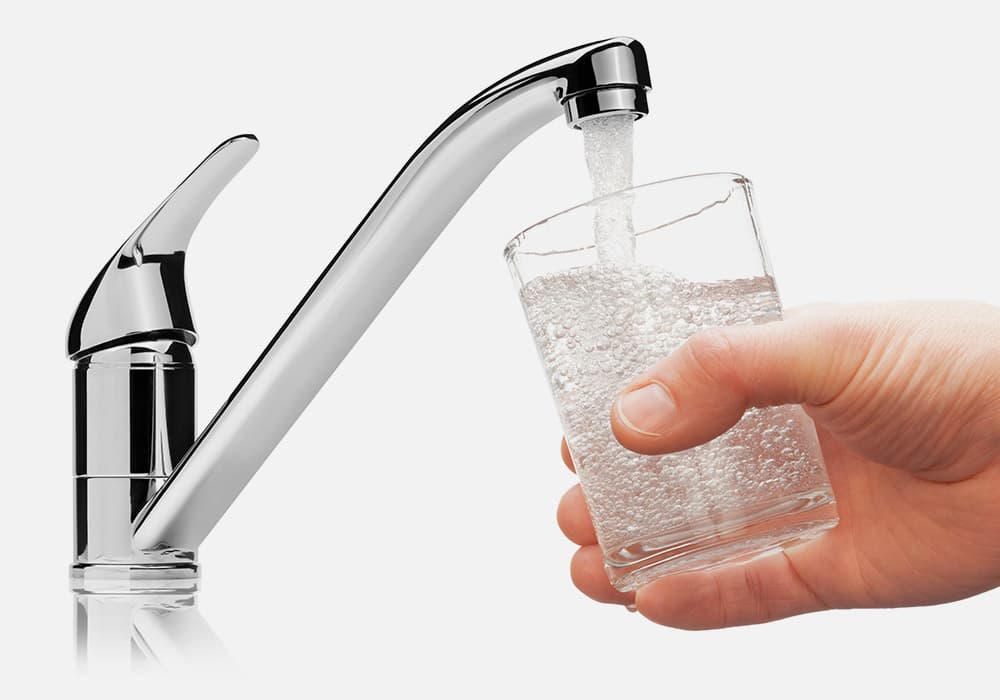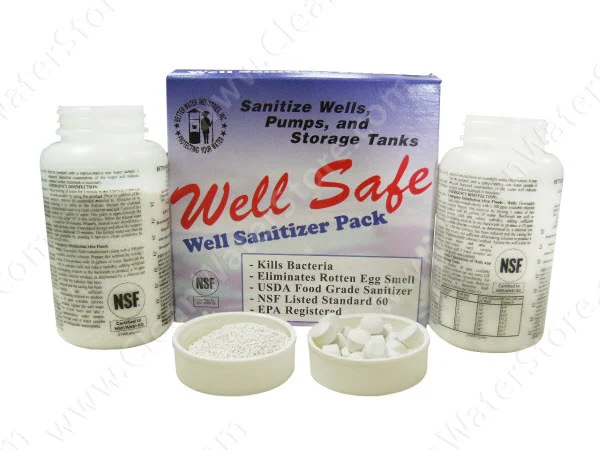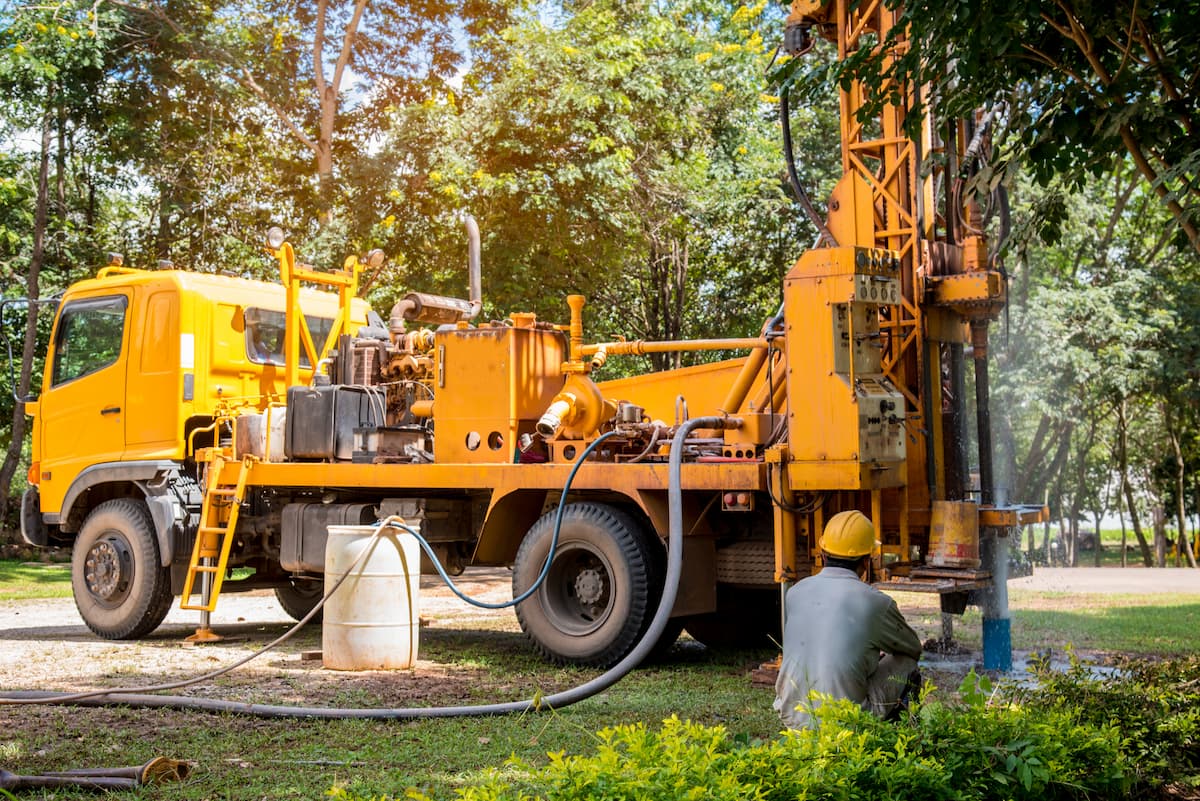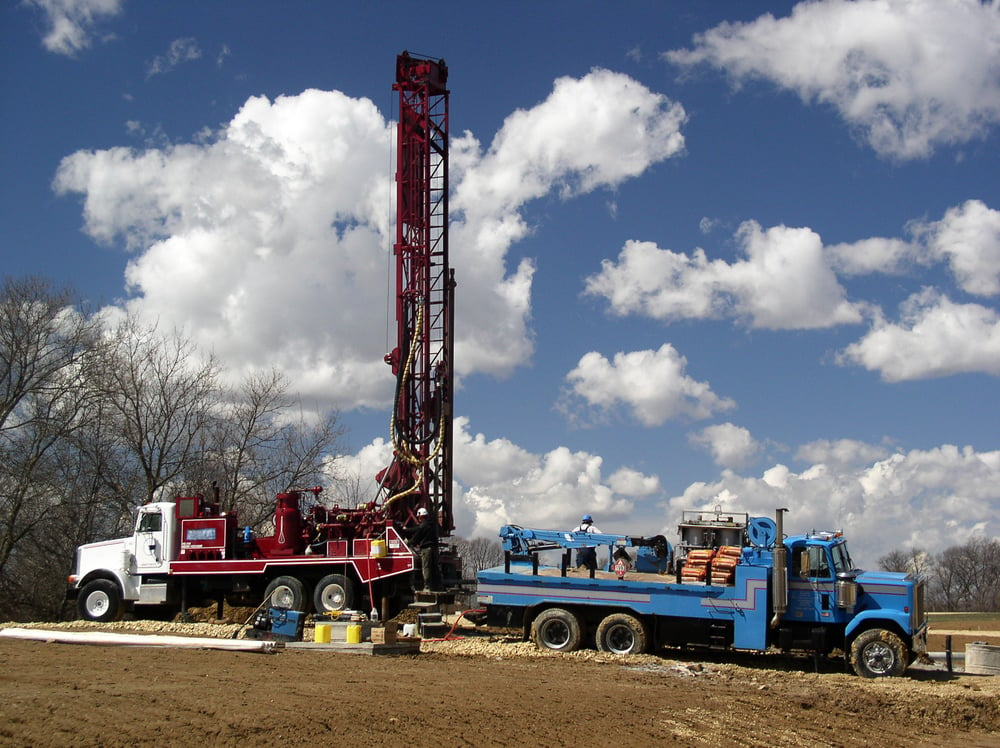How to Optimize Your Water Treatment System During The Drought
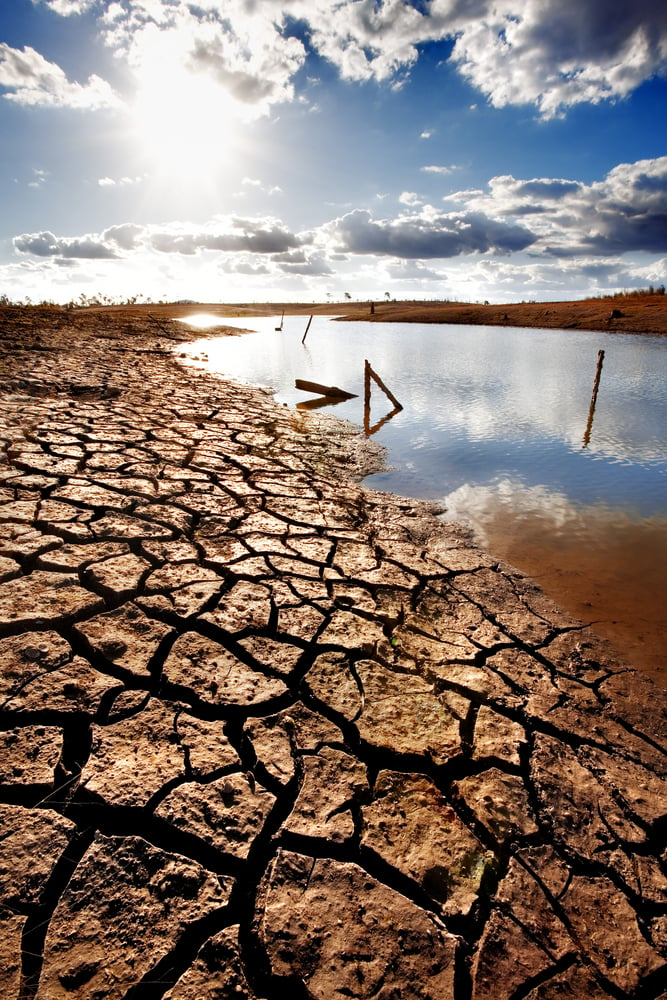
Water treatment systems including water softeners, reverse osmosis systems, iron filters and other types of backwashing and self-cleaning treatment systems all produce wastewater, which flushes out accumulated contaminants.
It is very common for these filter systems to be installed and then forgotten about; if the system is set to backwash more frequently than needed, you could be unnecessarily wasting water. This wasted water can be reduced with a few simple steps.
The Top 5 Steps To Reduce Water Treatment Wastewater
- Identify the type of system you have
- Test the water before and after the system to see how it is working
- Check the settings
- Change the settings to optimize water use
- Re-test and monitor the water before and after the system
Water Softeners
Water softeners take out calcium hardness from water with a method known as ion exchange. The process back-washes as well as cleans the softening resin by way of a salt brine solution. In the course of the regeneration cycles, a quantity of wastewater is produced, which cannot be reused for garden water and is sent to the sewer or septic tank.
Most water softeners have a flow sensing unit that meters the quantity of water being used ,which allows the softener to backwash and regenerate, based on the quantity of water the softener has utilized in between regenerations
How To Minimize Water Softener Water Waste
- Check hardness levels before and after the water softener
- Check to see the number of gallons (or days if it is a time-clock type control) between regeneration cycles that the softener is currently set to regenerate
- Determine how many pounds of salt, for each cubic foot of resin, the conditioner is currently set to use for every regeneration
- Modify the settings to allow for more days between regeneration cycles
- Adjust the lbs of rock salt used, if greater than 9 lbs of salt per cubic foot
- Monitor the water softener on the day before the regeneration, and verify that the water continues to be softened to make sure the settings have not been too aggressive.
Iron Filtration and Other Types of Back-Washing Filter Systems
Iron filters, carbon backwash filters, acid neutralizer filters, and turbidity filters all use water to periodically backwash and rinse out the filter media that the system utilizes. Just like water softeners, these filter systems can backwash depending on the amount of water used, and/or they may have simple time clock controls that backwash according to the day of the week, or on specific days or weeks between backwashes.
How To Decrease Backwash Filter Wastewater
- Analyze water both before and after the system (for pH, iron, sediment, etc)
- Check to see how many gallons (or days if a time clock type filter) are between
regeneration cycles, the filter system is currently set to backwash - Determine how long the particular backwash cycle is, and how many minutes the rinse cycle is set for
- Modify the settings to allow for more gallons or days in between backwash cycles
- Adjust the number of minutes the backwash and rinse cycles are set for. Set for the minimum number of minutes advised by the manufacturer. Typically, this will be 6 to 8 minutes for backwash and 4-6 minutes for the rinse cycle.
- Monitor filter and test the water frequently, both before and after the filtration system, on the day before the next backwash, to verify the water continues to be acceptable.
- Look out for changes in water quality and/or a reduction in water pressure, which may signify fouling of the filter media due to inadequate backwashing.
- Do not make big reductions in time or days between cycles. Start by reducing it by 10 or 20 percent in order to avoid fouling your filter media.
Point-Of-Use Reverse Osmosis Systems
Reverse Osmosis devices take out total dissolved solids, dissolved salt, and metals from water through a membrane process known as “reverse osmosis”. They have cartridge filters that filter your water of chlorine, chemicals, taste,s and odors. In the RO process, the membrane sends waste water to the drain at the same time allowing pure water with reduced TDS to permeate through the RO membrane.
How You Can Reduce Reverse Osmosis Waste Water
- Test your water before and after the RO system to ensure it removes at least 90% of Total Dissolved Solids (TDS).
- Change pre-filters regularly. A clogged pre-filter can foul the RO membrane, reduce pure water output, and increase wastewater.
- Drain the RO tank fully each time you use it. An empty tank allows the membrane to produce more clean water with less waste. A full tank reduces efficiency while still generating the same amount of waste.
- Upgrade your RO system or retrofit it with a permeate pump. This device mimics an empty tank and helps cut down on wastewater.
- Check the tank pressure. Drain the tank, then use a gauge to ensure the pressure is 7–9 PSI or follow the manufacturer's instructions. Low pressure can reduce system performance.
- Reuse RO wastewater if possible. During irrigation season, redirect the drain line outdoors to water shrubs or landscaping.
- Schedule a professional checkup. If a pro installed your RO system, have them inspect and optimize it to reduce waste while maintaining water quality.
Introduction to Water Conservation
Water conservation is an essential aspect of maintaining a healthy and sustainable lifestyle. One effective way to conserve water is by installing a whole-house water treatment system. These systems not only reduce contaminants but also improve the overall quality of water throughout your home.
Using a water treatment system can help lower your reliance on bottled water, reduce plastic waste, and save space. In the long run, these systems can also help cut down your water bill while providing clean, safe water for everyday use. Investing in a water treatment solution supports both your household and the environment.
Understanding Filtration Systems
Water treatment systems, such as filtration units, are designed to remove impurities from your water supply—making it safe for drinking, cooking, and bathing. A whole-house water filtration system can eliminate harmful chemicals, heavy metals, and sediments that affect water quality.
Different types of systems, including reverse osmosis units and water softeners, serve various needs. Understanding how each water treatment system works can help you choose the best one for your home. By installing the right solution, you ensure that every tap delivers clean, great-tasting water—no bottled water needed.
Choosing the Right Filter
Choosing the right filter for your home can be overwhelming, but it’s essential to find the best solution for your water issues. A whole-house water filter system can provide clean water for your entire home, reducing contaminants and improving the taste and quality of your water. When selecting a filter, consider factors such as water pressure, flow rate, and the type of contaminants you want to remove.
Our whole-house water filters are designed to be cost-effective and provide a significant reduction in contaminants, making them an excellent choice for homeowners. Additionally, our filters are designed to save space and be easy to install, making them a convenient solution for any home.
Advanced Filtration Options
Advanced filtration options are available for homeowners who want to take their water quality to the next level. Reverse osmosis systems, for example, can remove up to 99% of contaminants from your water, providing clean and fresh water for drinking, cooking, and bathing.
Our whole house filtration systems also feature smart technology, which allows for real-time monitoring and maintenance of your system. This ensures that your system is always working at its best, providing you with the cleanest and healthiest water possible. Furthermore, our advanced filtration options can help reduce the environmental impact of bottled water, making them a more sustainable choice for homeowners.
Practical Strategies for System Optimization
To maximize the efficiency of your home water treatment system, it’s important to stay on top of regular maintenance. Changing filters on schedule ensures continued performance and contaminant removal.
Smart technology can also help you monitor your system’s health, detect issues early, and improve its overall functionality. With proper care, your water treatment system will provide clean water for all your daily needs, while also saving money and reducing environmental impact.
For more help on saving water on your backwashing system, don’t hesitate to e-mail us at support@cleanwaterstore.com, leave us a message on Facebook, or use our online contact form for prompt, personalized assistance from our trained professionals. Thanks for reading!
Frequently Asked Questions (FAQs)
1. Do all water treatment systems produce wastewater?
Yes, most water treatment systems—like softeners, RO units, and backwashing filters—produce some wastewater during cleaning or regeneration. However, you can reduce this with simple adjustments. Both well and city water often require targeted filtration to solve specific water quality issues.
2. How much water do water softeners typically waste during regeneration?
It depends on the system and settings, but traditional water softeners may use 20 to 50 gallons per regeneration cycle. Smart softeners with metered regeneration can significantly reduce this waste. Effective water solutions are essential for addressing common concerns associated with the quality and safety of well water.
3. Can wastewater from a reverse osmosis (RO) system be reused?
Yes! RO reject water can be redirected to irrigate landscaping, flush toilets, or clean outdoor areas, especially during the growing season. Just ensure it’s not used for drinking or cooking.
4. How often should I test the water before and after treatment?
It’s recommended to test every 6 to 12 months—or whenever you adjust system settings—to ensure your water treatment system is still performing effectively and efficiently.
5. How do I know if my system is wasting too much water?
Check regeneration frequency, flow rate settings, and water quality. If your system backwashes too often or still allows contaminants through, it’s a sign that optimization is needed.


